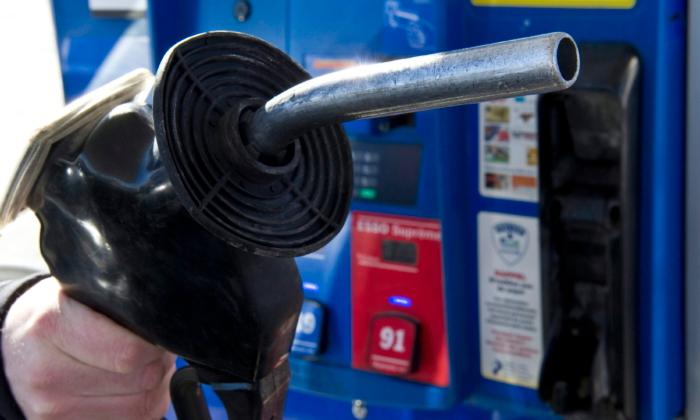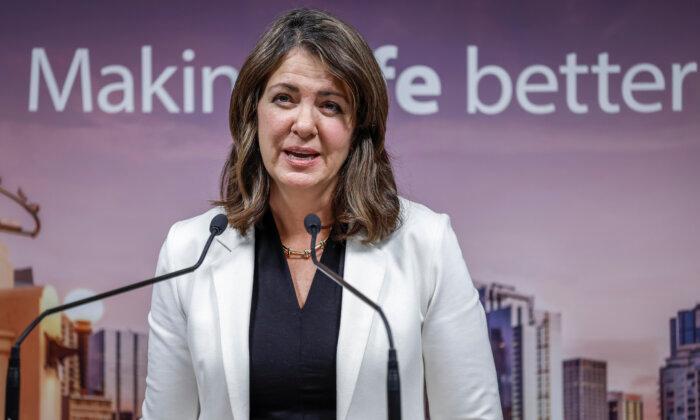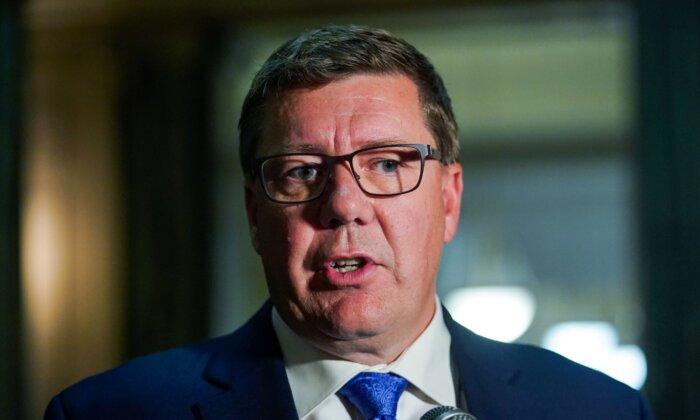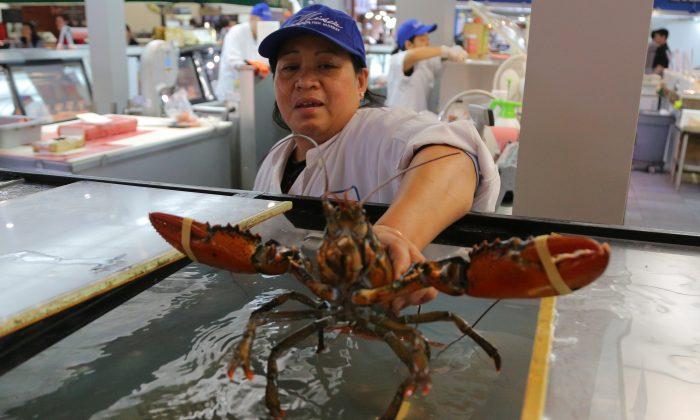With the price of gas rising again across the country, energy affordability expert Dan McTeague has some tips on how to save money at the pump.
Best Days to Fill Up
Mr. McTeague, a longtime energy pricing analyst, said it’s important to know when to purchase gas. “My view is weekends, certainly Saturdays and Sundays in the afternoon, are always the best. Mondays and Tuesdays tend to be not very good days, as that’s when gas prices get restored.”He said gas stations try to get more wholesale discounts by selling more fuel on the weekends at a bit of savings for the customer. Gas stations control the last eight cents on a litre of gasoline. Some stations shave that off temporarily, said Mr. McTeague, to get more volume, hoping to attract savvy consumers who are watching the display price.
Then with the next shipment from their supplier, due to slightly higher volumes, a gas retailer may get a discount of a penny or two from the wholesale price. By Monday or Tuesday, gas stations tend to restore their prices, making it the most expensive time to buy, said Mr. McTeague.
The time of day also factors in to when prices are the lowest.
“Gas prices in the morning are two or three cents a litre more expensive than in the evening, so it’s best to shop after six o'clock in the evening,” Mr. McTeague says.
In any given market, at any time, the only difference between gas stations is eight cents a litre. That is the retail margin that gas stations are operating within to be able to offer some discounts, if they choose.
Formula
Mr. McTeague says Canadians should learn about “predictability.” Once a consumer understands the formula for calculating gas prices, he suggests, they can save at the pump.Mr. McTeague accesses the Oil Price Information Service, which lists oil companies’ wholesale “rack” prices on a daily basis.
These prices are based on crude oil in U.S. markets and the prices of gasoline futures. People can access these prices in the mornings; Mr. McTeague typically gets them the night before through a paid subscription.
The formula is simple. Take the rack price, add the provincial gas tax, the federal gas tax, the carbon tax, and the 8-cent-per-litre margin all major gas retailers work within, and add on the sales tax (i.e. GST).
Using Edmonton as an example, on the day Mr. McTeague spoke to The Epoch Times, Aug. 2, the wholesale gasoline price in Edmonton was 102.1 cents per litre. That is the base cost, he said. Add the federal carbon tax of 14.31 cents. (There is no provincial fuel tax, because Alberta has frozen it.) Then add the federal government excise tax of 10 cents per litre, basically a road tax of a flat rate on every litre of gasoline sold in Canada.
McTeague calculates a subtotal of 126.41, then multiplies that by 0.05, the cost of the GST, and concludes it costs every gas station 132.7 cents per litre to buy fuel in Edmonton.
“So if you see someone selling gas in Edmonton [in this example] for $1.30, you would buy it, because you’re buying it cheaper than they are buying it,” he said
He said a gas station selling at this steep discount would be cross-subsidizing loss, perhaps with sale of merchandise, or involved in some kind of gas war. The typical station in this example could be adding their retail profit of up to eight cents per litre, equalling a price of 139.0 to 140.0 a litre, which is where most gas stations will likely price at.
“There’s nothing secret in what I’ve been doing. This is the formula,” he said. “Canadians can choose whether they want to buy, or wait and save.”





